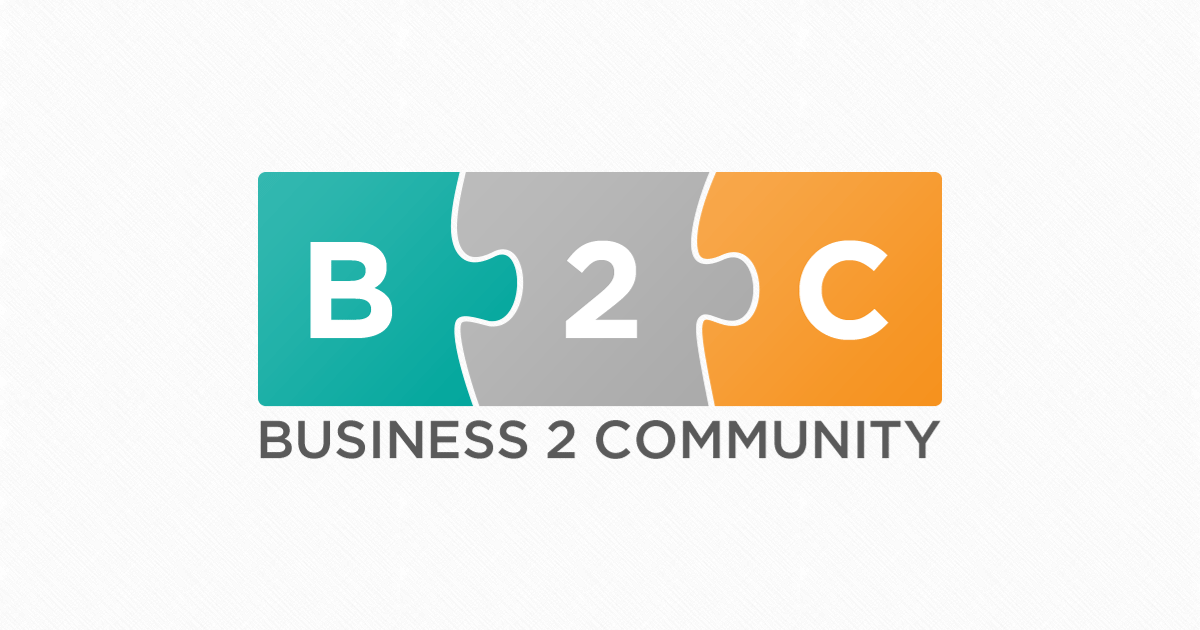YouTube YouTube is probably the most mainstream video hosting platform out there. Because YouTube is a Google product, this channel provides great SEO benefits to videos that are hosted here. Vimeo Vimeo is the second most popular video hosting platform with over 715 million views and 80 million members. They offer a free version, as well as a few different options that are paid: Vimeo Plus: $5/month Vimeo PRO: $17/month Vimeo Business: $50/month Each tier of the membership offers a larger storage size, more features, and greater control. Wistia Wistia was created specifically for marketing professionals to get viewers back to their websites and converted into customers. Plans are broken down into the following tiers: Free: Includes 25 videos, basic analytics, branding capabilities, and basic video tools Basic: $25/month with features of the free plan, plus storage space for 100 videos Pro: $100/month with all the features of the basic plan, advanced analytics, lead generation tools, marketing integration, and space for 1,000 videos. Features Wistia has great features, including a video heat map to help you understand the science behind viewing habits and better serve content to your customers. If you’re serious about increasing sales with video, here’s a short list of tools in the Vidyard arsenal to make that happen: Detailed heat maps and graphs Social media integration Customizable players of your choice Accurate domain referrers Advanced analytics that allow you to filter views by player, video chapters, embeds, countries, email, and so on. List segmentation by viewer interest and video content Marketing automation integrations with HubSpot, Eloqua, Marketo, Salesforce, Chatter, Hootsuite, Google Analytics, and more Customers are 64 percent more likely to buy a product after watching a video about it, and Vidyard is a great option if you’re trying to utilize video content to drive more customers. Facebook is even predicting that by 2021 all of their content will be video content.
What do you think about this?
Interesting
Not Interesting
Share
Tweet
Video! It’s everywhere and rapidly growing as one-third of all time online is spent watching video, and it is predicted that 80 percent of all internet traffic will come from video in 2019. In fact, if you aren’t executing a video marketing strategy by now, you’ve fallen behind. The strategy isn’t necessarily new, and with the rise of more video hosting platforms, it’s now easier and more cost-effective for a business to professionally execute a video marketing strategy.
Because video is becoming such an integral part of digital marketing, we want to dive into the differences and benefits of video hosting platforms to help you decide which might be best for your business.
YouTube
YouTube is probably the most mainstream video hosting platform out there. In fact, according to Alexa, YouTube is the second most used site in the world, out-ranked only by Google.
Because YouTube is a Google product, this channel provides great SEO benefits to videos that are hosted here. There are no additional financial fees when using YouTube, however, this freemium model does come with a cost—ads. For some people, this might be a small price to pay, but if you’re choosing a video hosting platform for a professional service or business, this is probably not the best route to take. Although, if you become a YouTube partner, you can make money from the ads that are displayed over your videos. This is a great option for influencers that already have a large following.
Features
YouTube provides unlimited bandwidth and file size, although you can only upload videos that are shorter than 15 minutes (unless you’re a partner). Other features you can expect to see are:
- Basic analytics such as total views, link referrers, views by location
- Sharing buttons
- Branded embedding
- Engagement such as commenting, liking, and rating
- Responsive design
- Video editing
- Live streaming
YouTube is a great option for entertainment. I often find myself getting sucked down the YouTube vortex as they serve me one related video after another. This might cause a problem for professional businesses if you want a visitor to come to your website using calls to action (CTA). YouTube also does a good job of branding itself or third-party advertising on your content making it difficult to provide a professional look and feel on your video content. Though, due to the site’s popularity, it’s not a bad idea to leverage this channel for search rankings alone, while hosting on another platform to keep a professional clean look to drive conversions.
Vimeo
Vimeo is the second most popular video hosting platform with over 715 million views and 80 million members. They offer a free version, as well as a few different options that are paid:
- Vimeo Plus: $5/month
- Vimeo PRO: $17/month
- Vimeo Business: $50/month
Each tier of the membership offers a larger storage size, more features, and greater control. This hosting platform draws a lot of creative content, such as documentaries, music videos, and short films. They offer a more professional community of viewers and producers, making the audience of this channel a bit more niche than YouTube’s audience. The look of this player is a lot less busy than YouTube, too, offering a superior, clean layout.
Features
Vimeo provides a user-friendly experience with all the bells and whistles. Videos can be easily integrated with social media or privacy-protected with a password when you’re working on a project that isn’t quite ready to be seen by the world. Basic engagement metrics, such as video…

COMMENTS